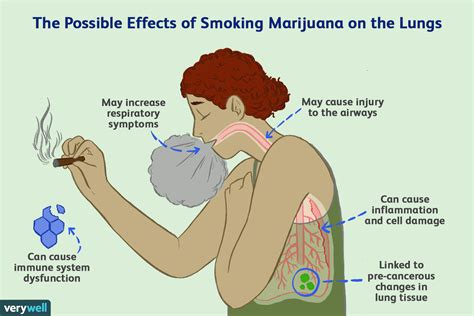Cannabis, derived from the Cannabis sativa plant, has been used and cultivated for over 6000 years. Its use, both for medical and recreational purposes, has sparked widespread debate regarding its safety and health implications. Recent studies and health advisories from reputable sources like Harvard Health and Northwell Health provide insights, yet they also underscore the complexity and the need for caution.
One of the primary concerns raised is the potential impact of cannabis on lung and heart health. According to Harvard Health, smoking marijuana may pose risks similar to those of cigarette smoking, a known contributor to heart disease and cancer. Marijuana smoke contains many of the same toxins, irritants, and carcinogens found in cigarette smoke. Moreover, the risk of heart attack is reportedly several times higher in the hour after smoking marijuana. Northwell Health also points out that any inhalation can be harmful to the lungs, although occasional use may not significantly increase risk.
Regarding cognitive effects, long-term cannabis use has been linked to a decline in IQ and deficits in learning and processing speed. This is particularly concerning for teenagers, whose developing brains may be more susceptible to these adverse effects. The Harvard Health study suggests that the more frequently an individual uses cannabis, the greater the cognitive impairment might be.
Another area of concern is addiction and drug interactions, especially with cannabidiol (CBD). While cannabis does have anti-nausea properties and other potential benefits, the Mayo Clinic advises that side effects and dosage can vary unpredictably. It can also exacerbate anxiety at high dosages, sometimes leading to panic attacks. The implications of cannabis use on driving and operating heavy machinery are also noteworthy, with impaired abilities being a significant risk.
However, it’s not all negative. Cannabis may offer benefits for certain conditions, and safer consumption methods are recommended for those who choose to use it. These include using under-the-tongue tinctures, edibles, topical products, or dry herb vaporizers. If smoking cannabis, it’s advised not to hold it in the lungs for more than a second or two, as this doesn’t increase its effect but can irritate the lungs.
Secondhand smoke is another important consideration, particularly for children. The advice from Harvard Health is clear: do not smoke around children and take measures to prevent exposure, such as changing clothes and washing up after smoking.
In summary, while the legalization and use of marijuana are increasing, so too are concerns about its health implications. It’s important for individuals to weigh these risks and benefits carefully, and to consult healthcare professionals for guidance tailored to their specific health needs and circumstances.
